I have plotted a mesh in rgl to visualize data on it. I.e., the mesh has colors that originate from applying a colormap to its data (one scalar value at each vertex). Here is a minimal example that consists of a mesh with a single face:
library(rgl);
library(squash);
# create a mesh
vertices <- c(
-1.0, -1.0, 0, 1.0,
1.0, -1.0, 0, 1.0,
1.0, 1.0, 0, 1.0,
-1.0, 1.0, 0, 1.0
)
indices <- c( 1, 2, 3, 4 )
# add a data value for each vertex
morph_data = rnorm(length(indices), mean = 3, sd = 1)
# create colors from values by applying a colormap
col = squash::cmap(morph_data, map = squash::makecmap(morph_data, colFn = squash::jet));
# plot
open3d()
shade3d( qmesh3d(vertices, indices), col=col )
How can I add a colorbar to this plot in rgl?
An example for what exactly I mean with colorbar is shown in the right part of this example picture from octave.sourceforge.io.
